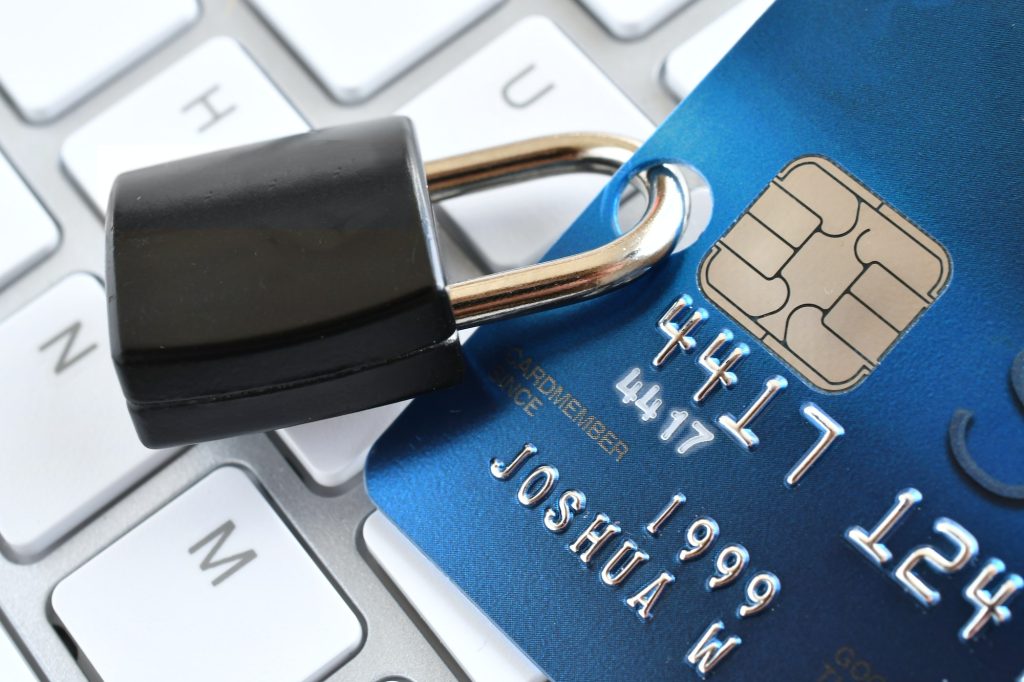Alpine Investment Group provides the following benefits to your business:


A line of credit is a predetermined amount of funds you can borrow when you need to and pay back later. Unlike a traditional term loan, you can use the funds when you need them for business purchases like inventory, supplies, or operating expenses. Also, unlike a term loan with a fixed monthly repayment, you can typically pay back your credit line anytime without any early repayment fees. A critical difference between lines of credit and term loans is that lines of credit are “revolving.” That means you can use the funds up to your approved amount and then Repay what you have utilized to restore the fund’s availability. Conversely, term loans are single-payment loans that you utilize only once and repay in full, including interest.

A line of credit is a predetermined amount of funds you can borrow when you need to and pay back later. Unlike a traditional term loan, you can use the funds when you need them for business purchases like inventory, supplies, or operating expenses. Also, unlike a term loan with a fixed monthly repayment, you can typically pay back your credit line anytime without any early repayment fees. A critical difference between lines of credit and term loans is that lines of credit are “revolving.” That means you can use the funds up to your approved amount and then Repay what you have utilized to restore the fund’s availability. Conversely, term loans are single-payment loans that you utilize only once and repay in full, including interest.
Secured Business Line of Credit – To secure this type of LOC, a business must provide specific assets as collateral. Lenders typically request short-term assets, such as accounts receivable and inventory, since a line of credit is a short-term liability. Capital assets like real estate or equipment are rarely required as collateral for a LOC. If the borrower fails to repay the line, the lender will take possession of the collateral and sell it to repay the outstanding balance.
Unsecured Business Line of Credit – Unlike the secured business LOC, this type does not require specific assets to be used as collateral. Instead, a general lien and personal guarantee will typically be necessary. Given the absence of particular collateral, businesses with a stronger credit profile and positive business history are more likely to be approved for this type of credit line. However, interest rates may be slightly higher, and unsecured credit lines tend to be smaller.



Copyright 2023 Alpine Group Funding. All Rights Reserved.